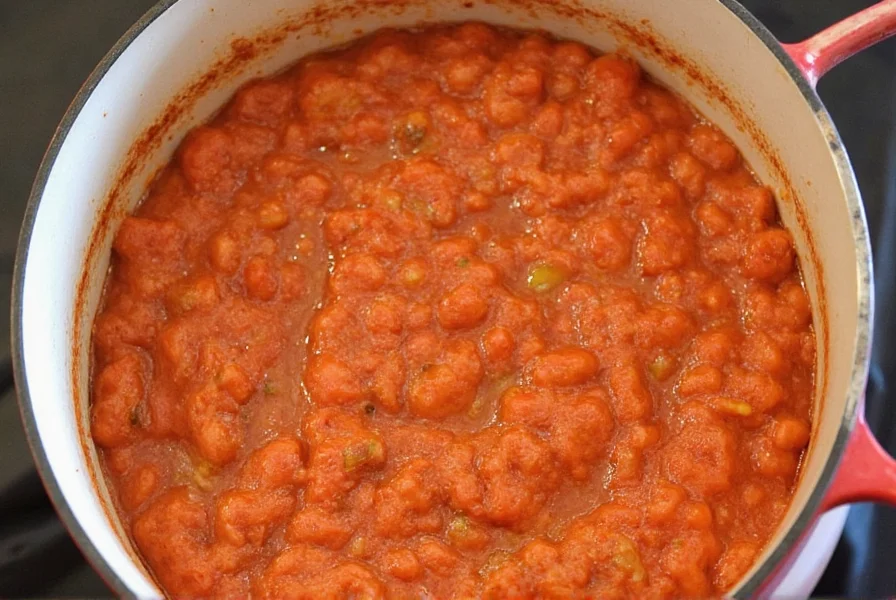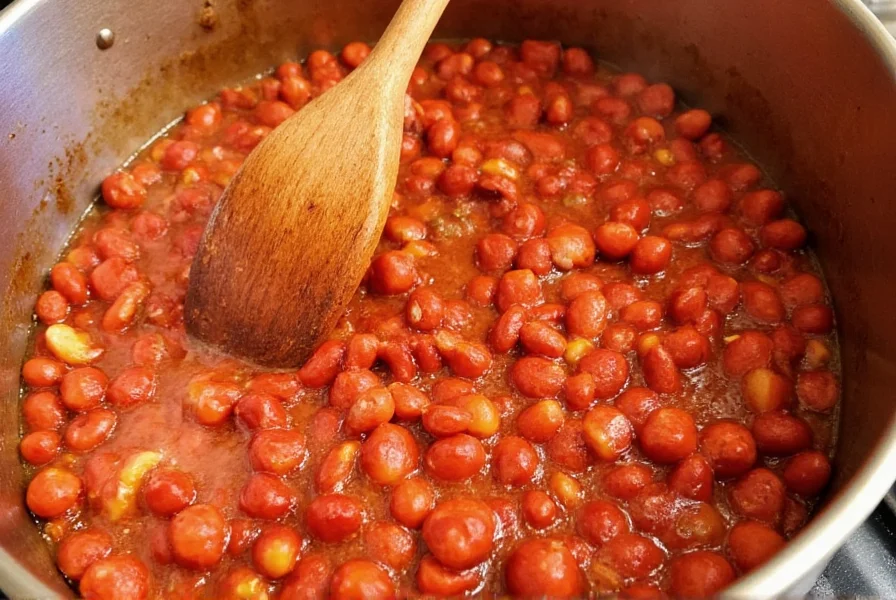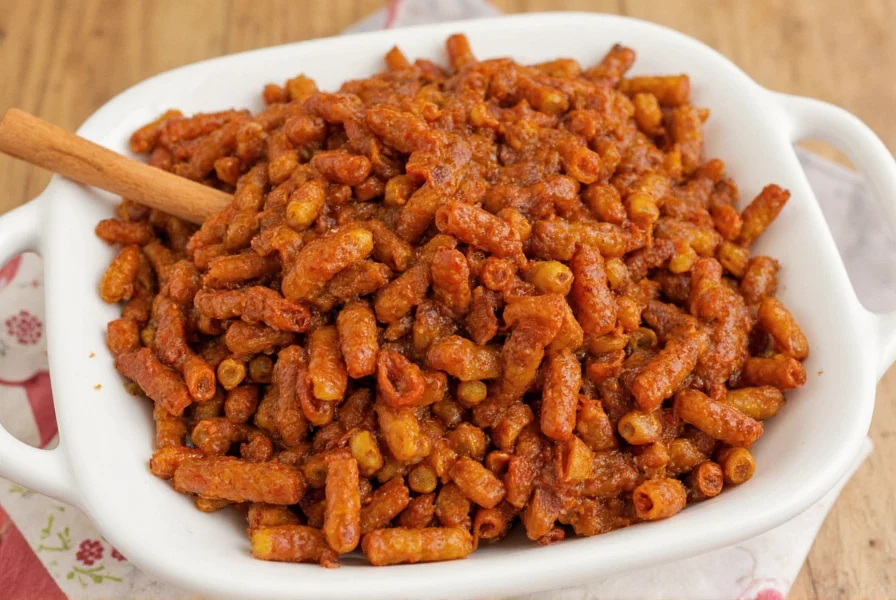Adding cinnamon to chili might seem unconventional at first glance, but this practice has deep roots in both historical cooking traditions and modern culinary science. Many award-winning chili recipes incorporate small amounts of cinnamon to create a more nuanced flavor experience. The key lies in understanding how this versatile spice interacts with other ingredients in the complex chemistry of chili preparation.
The Science Behind Cinnamon in Chili
Cinnamon contains cinnamaldehyde, the compound responsible for its distinctive warm, sweet aroma. When introduced to chili's acidic tomato base and spicy capsaicin from chilies, it undergoes subtle chemical interactions that mellow its sweetness while enhancing savory notes. Food scientists note that cinnamon's volatile compounds bind with fat molecules in chili, allowing its flavor to distribute evenly throughout the dish rather than creating isolated sweet pockets.
Research published in the Journal of Food Science shows that warm spices like cinnamon can actually reduce the perceived heat level of capsaicin by up to 15% while maintaining the chili's overall spiciness profile. This makes cinnamon particularly valuable in recipes designed for diverse palates where balancing heat is essential.

Historical Context of Cinnamon in Chili Recipes
While Texas-style chili traditionally avoids sweet spices, Southwestern and New Mexican variations have incorporated cinnamon for generations. Historical cookbooks from the 19th century American Southwest reveal that spice traders introduced cinnamon to regional cooking, where resourceful cooks began experimenting with available ingredients.
Anthropological studies of pre-Columbian Mesoamerican cuisine show that indigenous cultures combined native chili peppers with local cinnamon varieties (known as canela) long before European contact. This ancient pairing explains why many authentic Mexican mole sauces—which share flavor principles with complex chili recipes—feature cinnamon prominently.
Practical Application: How to Use Cinnamon in Chili
For optimal results when adding cinnamon to chili recipes, follow these professional chef recommendations:
| Chili Type | Cinnamon Amount | Addition Timing | Recommended Form |
|---|---|---|---|
| Traditional Texas Red | 1/8-1/4 tsp | With other dry spices | Ground |
| Southwest Style | 1/4-1/2 tsp | After sautéing aromatics | Ground or 1 small stick |
| Vegetarian Bean Chili | 1/2-3/4 tsp | With tomato base | Ground |
Professional chefs emphasize that when to add cinnamon to chili matters significantly. Adding it too early can cause the volatile oils to evaporate during cooking, while adding it too late prevents proper flavor integration. The optimal moment is after sautéing onions and garlic but before adding liquid ingredients—this allows the spice to toast slightly in the fat base, releasing maximum flavor compounds.
Flavor Pairing Considerations
Cinnamon works particularly well in chili recipes that include:
- Dark chocolate or cocoa powder (creates a mole-inspired profile)
- Smoked paprika (enhances the smoky notes)
- Cumin and coriander (forms a warm spice foundation)
- Acidic ingredients like tomatoes or vinegar (balances sweetness)
Be cautious when combining cinnamon with other sweet spices like allspice or cloves—these can create an overpowering effect if not carefully measured. The ideal cinnamon flavor profile in savory dishes should be detectable but not dominant, working in harmony with other spices rather than standing out.
Common Mistakes to Avoid
Many home cooks make these errors when using cinnamon in chili recipes:
- Using too much (more than 1 teaspoon per pot typically overwhelms)
- Adding pre-ground cinnamon that's lost potency (use fresh spices)
- Combining with incompatible spice profiles (like heavy use of oregano)
- Expecting it to work in all chili varieties (less effective in white chicken chili)
For those wondering does cinnamon belong in chili recipe development, the answer depends on your desired flavor profile. Traditionalists may prefer spice blends without cinnamon, but modern interpretations increasingly recognize its value for creating complex, restaurant-quality results.
Final Recommendations
Start with 1/4 teaspoon of freshly ground cinnamon per standard chili recipe (6-8 servings). Taste after 30 minutes of simmering and adjust if needed—remember that flavors continue to develop as chili sits. For authentic Southwestern results, consider using Mexican canela (a softer, sweeter cinnamon variety) instead of standard Cassia cinnamon.
When properly incorporated, cinnamon transforms good chili into exceptional chili by adding that elusive "something special" without being identifiable as a single ingredient—a hallmark of sophisticated spice blending. This explains why many competition chili recipes secretly include this warm spice among their "secret" ingredients.












 浙公网安备
33010002000092号
浙公网安备
33010002000092号 浙B2-20120091-4
浙B2-20120091-4